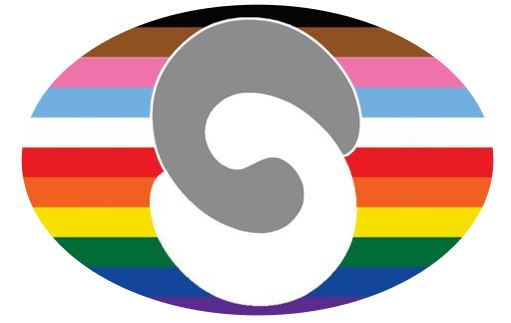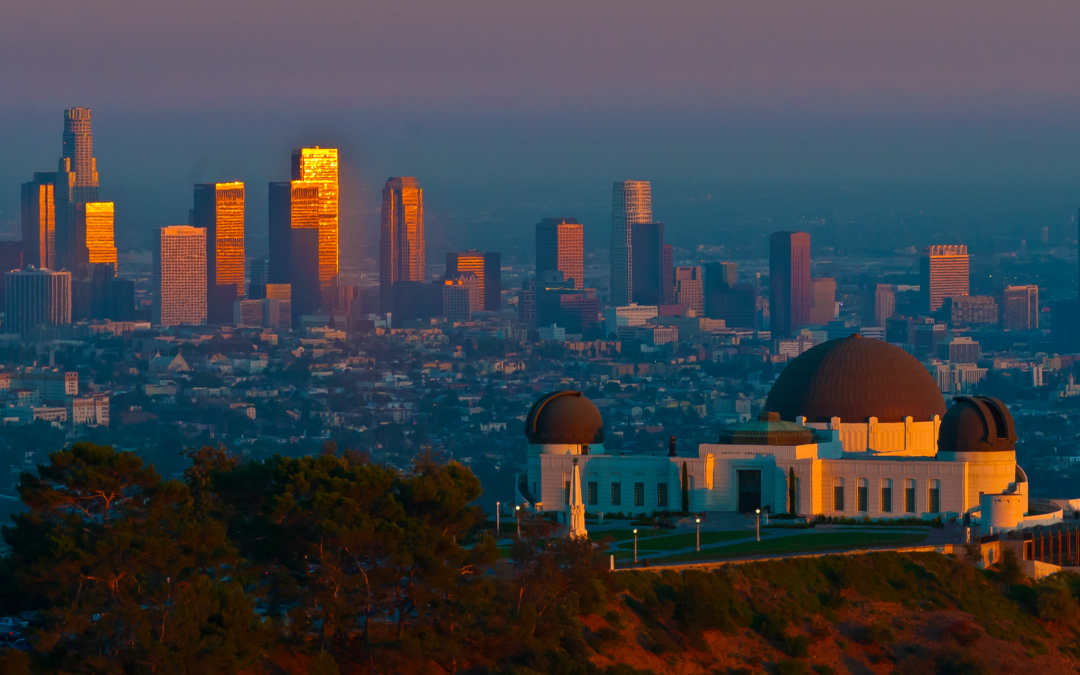I went to the Vancouver International Film Festival last month. At the top of the festival website is a Land Acknowledgement that includes this:
As an organization founded and predominantly directed by settlers and immigrants, we understand our responsibility to seek out and build authentic relationships with Indigenous communities, and to allow this ongoing dialogue to influence our practices.
The festival offered complimentary admission to Indigenous folk – a policy “informed by the spirit of the United Nations Declaration on the Rights of Indigenous Peoples.”
I’d heard of the Declaration before, but the details were fuzzy.
What is it?
The Declaration on the Rights of Indigenous Peoples was adopted by the United Nations and includes protecting and promoting Indigenous culture and ensuring Indigenous participation in decision-making that impacts them. It was overwhelmingly accepted in 2007 by 143 countries. (Four countries were against it and eventually reversed their positions: Australia, Canada, New Zealand and the United States.)
How’s the U.S. doing?
I think Canada – at least Vancouver – is miles ahead of the U.S. in observing the commitment in the Declaration by infusing public life with reminders and tangible, ongoing acknowledgement of Indigenous people and heritage.
There are 574 federally recognized Indian Nations in the U.S. I never learned about that in school even though – in Florida – I was studying on traditionally Seminole Indian land. And speaking of school, I never learned that our upcoming holiday is controversial and painful for some.
Thanksgiving
I’ve always liked Thanksgiving weekend because of the cooler weather and the days off from school. As it gets closer, it feels important to understand the seldom told narrative of Indigenous people who lived here for thousands of years before colonialism and who continue to do so – in much, much fewer numbers – today. There is so much harm that has occurred and therefore a great frustration among native groups about Thanksgiving. Some gather and mark it is a National Day of Mourning.
It makes me think of the Indigenous people in Los Angeles and the places I live, eat, write blogs like this, and cuddle.
Whose land am I on?
I am writing to you from the unceded lands of the Tongva, Gabrielino, and Kizh peoples. Land Acknowledgments are a good starting point to counter the systemic erasure that Indigenous people have endured.
Do you know whose traditional land that you’re on? Please share it in the comments. If you don’t yet know, check out this map by Native Land Digital – a registered Canadian not-for-profit organization with a majority-Indigenous Board of Directors.
Besides incorporating Land Acknowledgments into my day-to-day life, I may also choose to support grass roots organizations striving to help. I recently discovered a group called the National Indigenous Women’s Resource Center. This group has a giant mission and feels like a terrific one to support. I also have a tender spot for White Bison who provides culturally sensitive addiction recovery support for Indigenous people. (I donate there monthly – want to join me?)
Thanks for reading my thoughts. I look forward to hearing what you think.
Image by Ira Gorelick from Pixabay


Hey Jean, thanks for sending this out! I’m reading and writing from the unceded land of the Chumash where we are squatting. Several years ago I stopped celebrating the holiday settlers call Thanksgiving, and began fasting and mourning the losses of indigenous people, and the greed and cruelty of my ancestors on that Thursday. I used the time that not preparing a feast left me for studying more about indigenous people as well as my own ancestors. I’ve learned much, and I’m still learning. I invite anyone moved to do so to join me, for even just one year if they can. I understand many people’s relationship agreements with family and friends doesn’t allow for it, but if any of you can, I have found it enlightening.
You are so welcome. Thank you for sharing your thoughtful practice with our community!